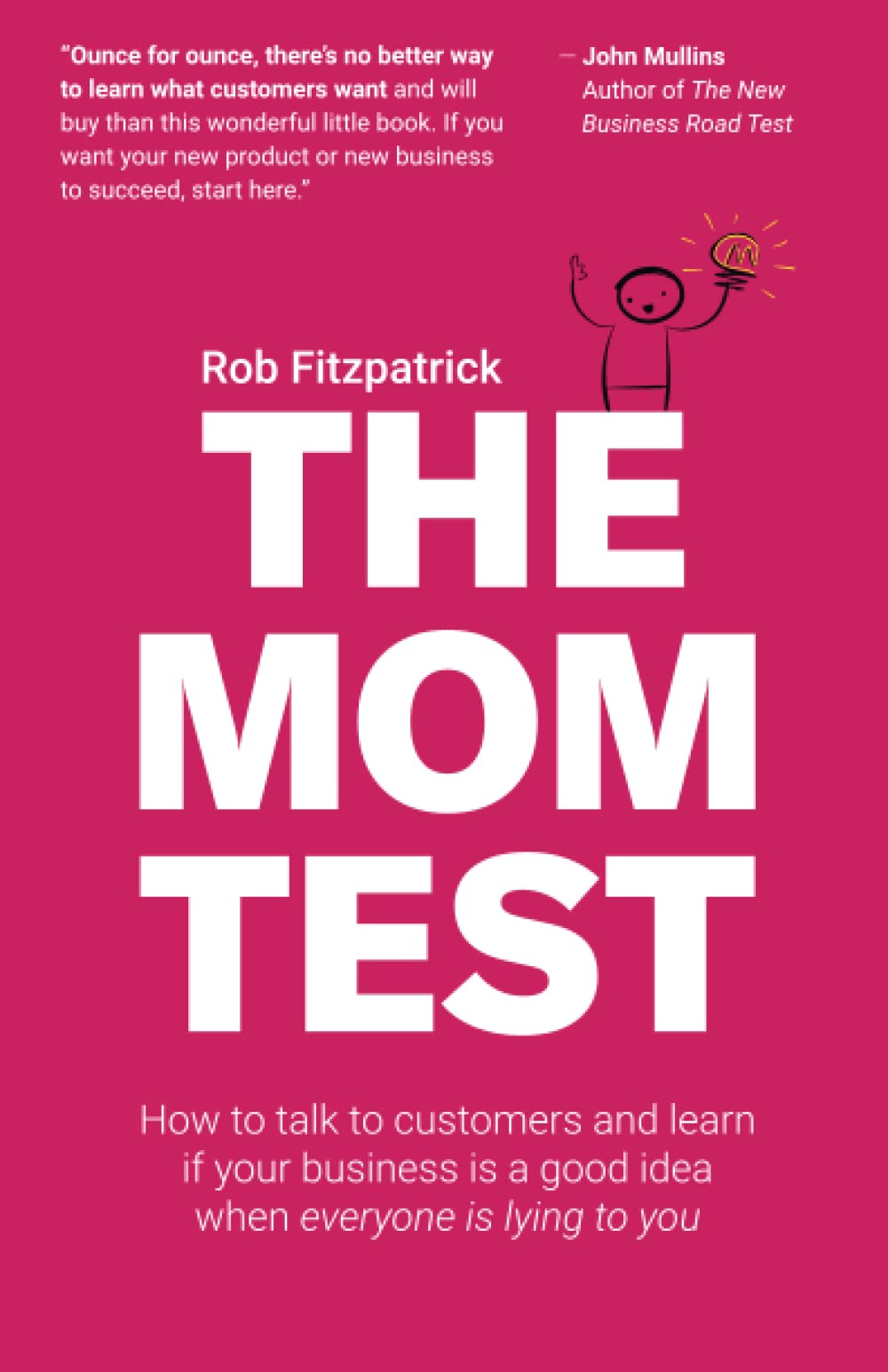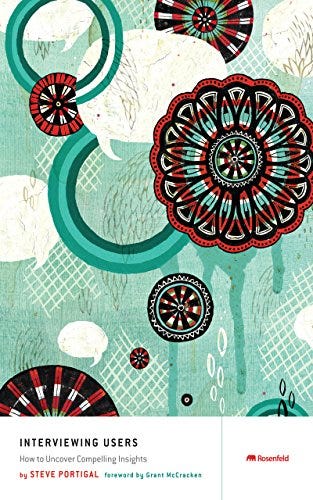There was a time I used to be excited about reading design books, and started with the likes of ‘Don’t Make Me Think’ and ‘The Design of Everyday Things’, never finished either, and didn’t pick up another design book for years. I thank the stars that I finally discovered the UX lineups from O’Reilly and Rosenfeld and found the vast knowledge contained in more practical books. (No shade to the Norman and Krug ones, they are classics for a reason). Here are 5 books that have enhanced my UX knowledge in an applicable way.
Mapping Experiences
by Jim Kalbach
This is a masterclass in customer journeys, service blueprints and all other kinds of experience maps. Densely packed with fascinating examples of real maps. Even if you are an expert at defining journeys, get this book just for the examples. It covers a lot of ground, including practical advice for deciding the granularity, scope, formality etc. of your customer journeys, the purpose and impact of getting the map right, various kinds of maps and when to use which. It essentially becomes a masterclass on alignment in general. Jim writes without fluff and manages to pack a lot of education (beginner to advanced) in the 400+ pages. This book helped me become much more intentional when using journeys and connect them better with the gathered data and other parts of the process.
The Mom Test
by Rob Fitzpatrick
Being largely self-taught when it comes to research, I always struggled with the feeling that asking users if a feature was ‘useful’ and why, just didn’t cut it. the answer was too often yes. And I couldn’t find a way around asking about hypothetical future behaviours. Even when I got the chance to work with more experienced researchers on validation interviews, I still came away feeling like there was something I was missing in the whole framing of validation questions. Until I read this classic. It answers this exact question: how to find out whether your idea/feature/solution actually has merit, when most humans will tell you they love your idea, lie knowingly and unknowingly, promise you the problem you’re solving is annoying, and yet never buy your product.
It’s written from the lens of a B2B founder who has previously paid the high price of being wrong about the validity of his ideas. This makes him, firstly, cut through the formality of professional research and, secondly, not consider ‘I love it. I would definitely use this!’ as valid validation.
Interviewing users
by Steve Portigal
Being an introvert, I once used to believe that the actual talking to people part of the design process, just wasn’t for me. I was more than happy to let my teammates do the actual interviews and I would take their insights forward. At the same time, it’s such a crucial part of the process that I was never entirely happy not getting into it. I have this book to thank for igniting in me a genuine passion for talking to users and the nitty-gritties of conducting insightful interviews. The author loves his craft and it shines through and makes it impossible to not have the excitement rub off on you. It’s also full of practical advice for UX research in general, and interviewing in particular, from a professional researcher’s lens.
Product-led Growth
by Wes Bush
This book helps me bridge the gap between design and product. While it’s aimed at founders who want to go from sales-led growth to product-led, it was equally useful as a designer to understand the basics of intentional product strategy, common growth metrics, pricing strategies, and (my favourite) a framework called UCD - understanding, communicating and delivering value, with recommendations for how to get each step right. So much of our work relies on that ever-elusive ‘value’, and I loved his crisp tangiblisation of this enigmatic concept, with a lens that goes beyond design.
Lean UX
by Jeff Gothelf
This book helped me fill gaps in my knowledge and process that I was simply unaware of. The curse of being independent in an industry that sprints to new methods every year, is that we often don’t know what we don’t know. Even if you’re a design leader who’s been employing the lean process for a long time, I promise you will find at least a section or two that will help make your process more rigorous or efficient. As design thinking loses ground, lean UX has become the prevailing process in most of the best design teams today (with a lot of variations), all the while way too many teams remain stuck in waterfall, designing in a silo, mocking up feature after feature that live and die apathetic deaths. This is the antidote. This is the book I wish everyone I ever work with had already read.









Good collection . Never heard of Kalbach's book . will check it out.
you might want to check User Friendly by Cliff Kaung https://www.amazon.in/User-Friendly-Hidden-Design-Changing-ebook/dp/B01HR5DVAQ